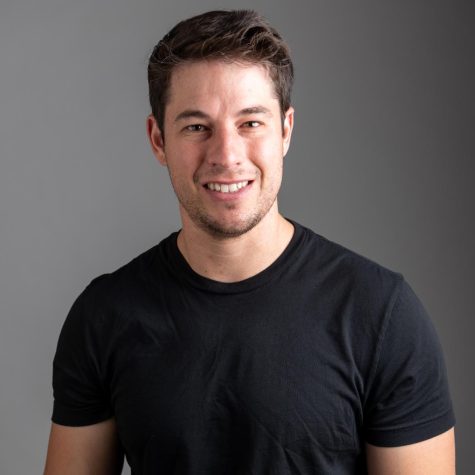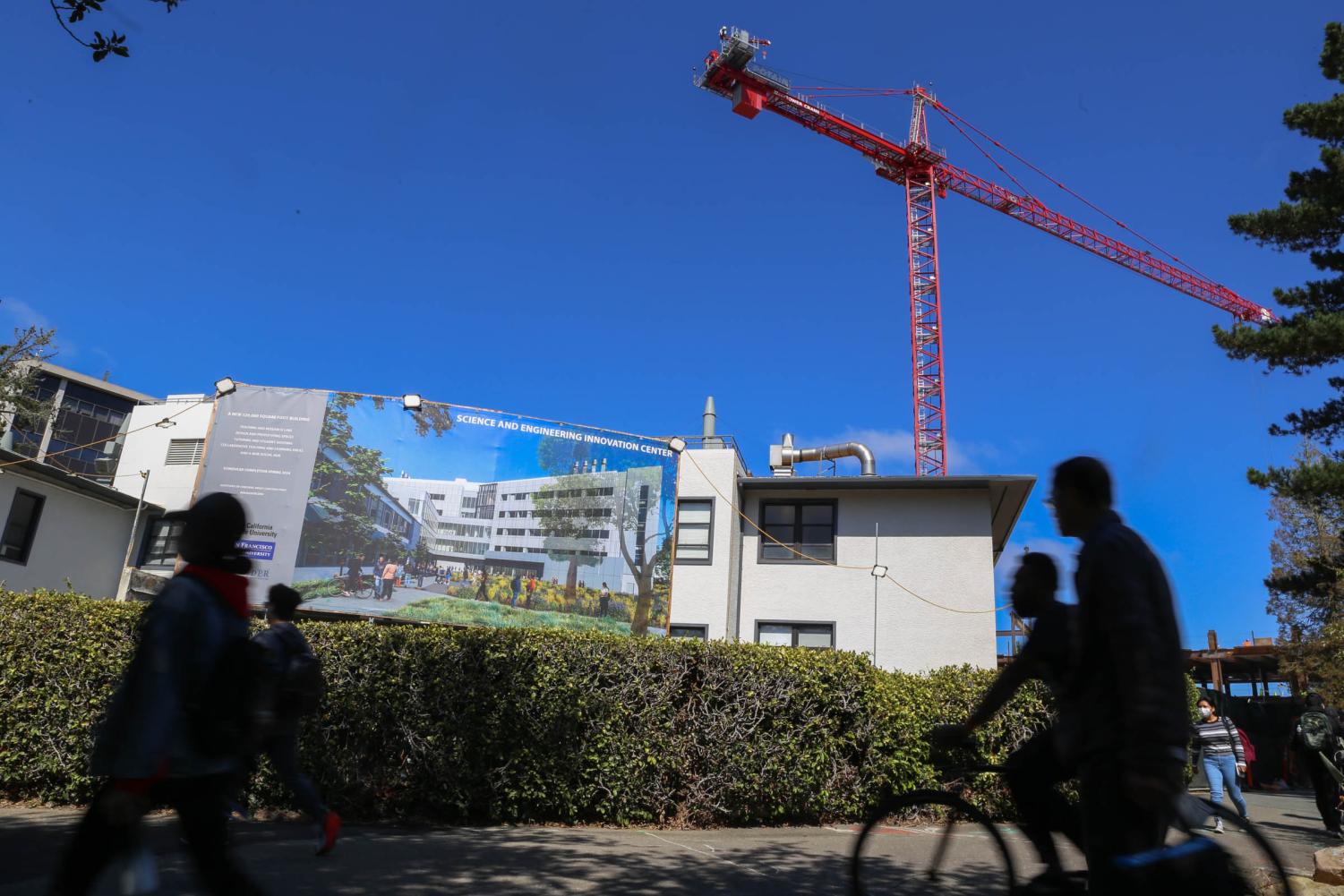



The College of Science and Engineering is expecting major upgrades come 2024, following the addition of upgraded technology and a new $175 million Science and Engineering building.
August 31, 2022
The new Science and Engineering building at SF State, slated for completion in 2024, was an approximate $175 million endeavor. SF State and Genentech, an American biotechnology corporation, established the “Catalyze the Future” campaign, which aimed to equip the College of Science and Engineering’s programs with state-of-the-art technology.
The program’s new resources aim to better prepare its STEM students for success in the workplace, support their research and teach productivity.
“It wasn’t even close,” said SF State Engineering alumnus Marcus Mejia. “When I went to USC to do a class through my job at Boeing, their engineering labs were at a completely different level. There will be so many more possibilities for engineering students to learn hands-on once the new building is complete.”
The Chancellor’s office began fundraising for the new facility in 2017, with a total construction cost of $150 million, said Carmen Domingo, Dean of the College of Science and Engineering.
But according to Domingo, the facility’s expenses for equipment, tools and technology still need to be covered.
Genentech is the primary building donor outside of the university. Genentech and SF State have generated a total of $25 million in donations for the new building.
Genentech provided a $5 million donation for equipment, furnishing, research, student assistance and training.
“Genentech and SF State’s relationship goes back a decade, and when they first toured Thornton Hall and saw lab equipment dating back to the ‘70s, they vowed to invest in new equipment for our program,” Domingo said.
Along with the new infrastructure and materials, the department will offer a plethora of new job opportunities.
“Student assistants, grad assistants, grad teaching assistants, internship opportunities, machine shop assistants, makerspaces’ assistants, career fairs and even a coffee shop will need to be fully staffed,” Domingo said.
The building will serve over 7,000 Science and Engineering students each year. According to Domingo, studio style instruction will be a cornerstone of the STEM classes once the building is complete. Studio style instruction will combine lecture and lab work together, while they usually operate separately.
“This provides for a much more effective way of learning,” Domingo said.
Additionally, the new science building aims to attract underrepresented students toward STEM majors. According to Domingo, 40% of the current students in the College of Science and Engineering are minorities.
“Currently in the engineering field, there are less than 5% Latinx engineers and we are looking to raise that number,” Domingo said.
Engineering is the largest college department on campus.
“New and modern equipment can make applying scientific principles easier to understand and observe in real time. My classmates and I learned on equipment that was a few decades behind the curve at SF State.” said Gabriel Fuentes, an SF State Engineering alumnus.

